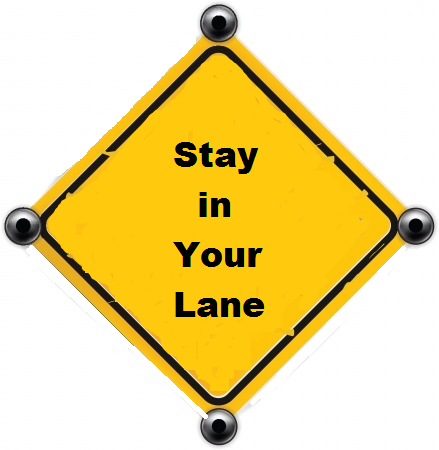Should you change lanes if you’re in a hurry? Some drivers seem compelled to change lanes, all the time. Others seem to choose a lane and hog it. But research on changing lanes seems to suggest it has a psychological rather than a practical effect. Too often, changing lanes may just be inviting trouble.
The psychological effect
Somehow it feels good to pass somebody else and, for some, even better to pass several cars. Being overtaken does not feel so good. In fact, psychologists suggest being overtaken is a type of loss and may be more important to us than the gain of overtaking.
Another aspect of driving is we mostly look forwards rather than backwards. This means vehicles overtaken quickly become invisible, but we may see for some time vehicles that overtake us.
The chances are we most notice people overtaking when driving in a slower, more relaxed way. In this case, vehicles passing may not be going that quickly but they just appear to be.
The physical effect
In fact, there is rarely a fast lane. Studies show the lane that appears to be moving more quickly actually ends up with the same average speed as in the other lanes, even though they look slower.
Changing lanes frequently may also be more hazardous:
- Making unnecessary lane changes takes time
- While changing lanes, you become vulnerable to two lanes of traffic at once
- Changing lanes forces you and others to judge how much room there is for this
- Lane changes alter the flow of traffic for other cars
- A car’s blind spot makes it harder to see drivers who might be coming up
- When you brake, so does everyone behind you.
VicRoads studied traffic on the Monash Freeway during peak hour and observed 2,000 lane changes per hour, every kilometre. It said each lane change a driver made increased the risk of a collision by six.
Phantom traffic jams
Unfortunately, drivers in a hurry tend to tailgate and this can create what are dubbed “phantom traffic jams”. These are not caused by heavy traffic, but by this style of driving.
Researchers at MIT in the US watched flocks of starlings moving together and found tailgaters tended to hold up the flight of birds. They concluded, if drivers left exactly the same gap between their vehicle and the next, they would get to their destination twice as quickly.
So it seems travelling wisely is not just strictly for the birds. Find the cheapest green slip here.


your opinion matters: